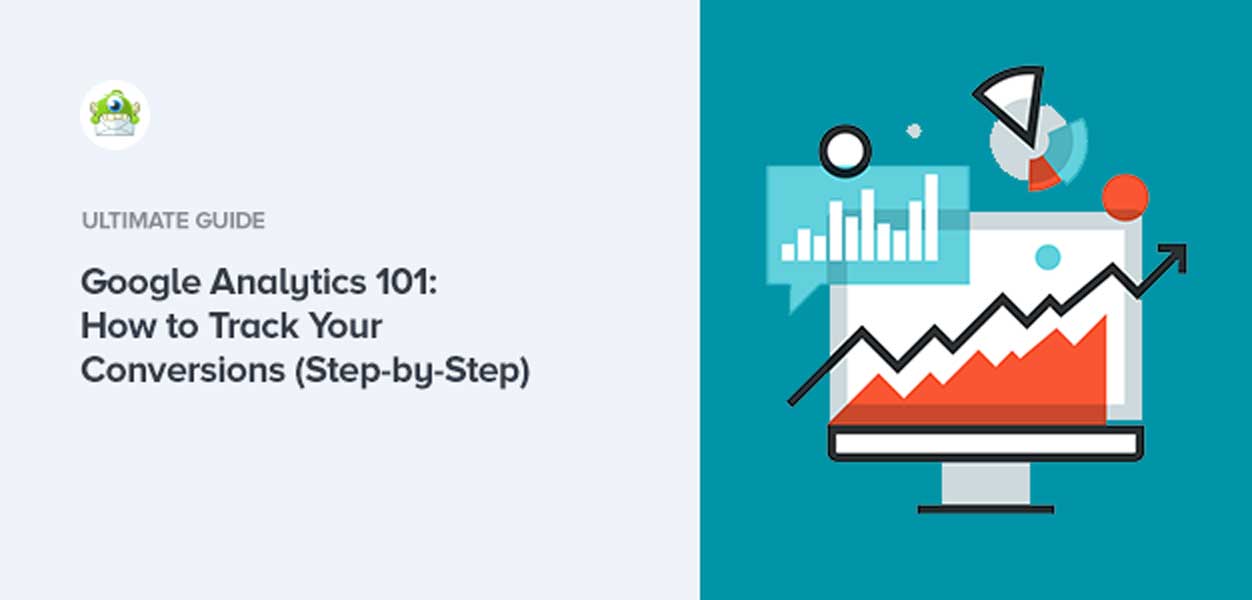What is a "Dimension" in Google Analytics? Discover How It Forms Your Data
Transform Your Data Evaluation With Specialist Tips on Google Analytics Dimensions
Enhancing your information evaluation capacities with Google Analytics dimensions can be a game-changer in analyzing the complexities of user communications and on-line web traffic. By purposefully leveraging these measurements, you can get important understandings that pave the way for informed decision-making. The intricate internet of data factors waiting to be checked out holds the key to opening a treasure of info that can revolutionize your understanding of electronic performance. Via expert pointers and techniques in taking advantage of Google Analytics dimensions, a globe of untapped potential beckons, guaranteeing a deeper understanding of your on the internet community.
Understanding Google Analytics Capacities
Google Analytics Dimensions play an important duty in providing important understandings right into the performance of a site or online system. Measurements are features of data that allow you to section and arrange your analytics data. They give context to the metrics being analyzed, offering a deeper understanding of individual habits, web traffic sources, and various other key performance indicators. By using dimensions efficiently, services can customize their strategies to meet the needs and expectations of their target audience.
Dimensions classify information right into various groups, such as web traffic resources, individual demographics, behavior, and innovation utilized. This segmentation enables companies to identify patterns, fads, and opportunities for optimization. Understanding the various dimensions readily available in Google Analytics is essential for analyzing information precisely and making educated choices to enhance web site performance and user experience.
Picking the Right Capacities
Selecting the suitable measurements in your Google Analytics setup is an essential part in efficiently evaluating and interpreting data. Measurements in Google Analytics refer to the features of your information, such as source, tool, gadget type, or geographical location. When picking dimensions, consider what specific understandings you aim to obtain from your data evaluation.

It is important to select dimensions that straighten with your business goals and the inquiries you look for to address. By selecting the right dimensions, you can improve the deepness and precision of your information analysis, resulting in more informed decision-making and actionable understandings.
Making Use Of Custom-made Capacities Effectively
When intending to delve much deeper into certain data points beyond the standard measurements provided by default in Google Analytics, using custom measurements can offer a tailored method to monitoring and examining one-of-a-kind metrics. To successfully make use of customized measurements, it is important to strategy and execute them attentively, ensuring they line up with your purposes and data evaluation requires. Consistently reviewing and fine-tuning your custom dimensions based on changing service needs is essential to taking full advantage of the value they look at this now bring to your Google Analytics information analysis efforts.

Advanced Methods for Measurement Evaluation
For comprehensive information evaluation and getting beneficial understandings from your Google Analytics records, understanding innovative strategies for dimension analysis is vital. Advanced methods for dimension analysis involve diving deeper right into the information to reveal even more thorough understandings.
One more advanced technique is making use of personalized records to examine measurements across various metrics. This enables you to contrast and contrast how details dimensions effect different aspects of your website efficiency. Furthermore, leveraging the power of second measurements can offer added context to key measurements, supplying a much more extensive sight of your data.

Improving Data Visualization With Dimensions
To boost the understanding and interpretation of information accumulated with Google Analytics, enhancing information visualization with dimensions is a tactical method. Dimensions in Google Analytics give descriptive attributes of information, making it possible for customers to segment and arrange info for clearer understandings.
Improving data visualization with measurements not only simplifies the presentation of information but additionally aids in making informed decisions based upon the evaluation. Graphes provide a quick and instinctive way to grasp key metrics and efficiency indications, assisting in interaction and cooperation within an Full Report organization. By incorporating dimensions right into data visualization strategies, organizations can unlock the full possibility of their Google Analytics information and drive data-informed approaches for development and optimization.
Verdict
To conclude, grasping Google Analytics measurements is vital for improving and unlocking important insights decision-making. By carefully choosing dimensions straightened with vital performance indicators, utilizing custom-made dimensions efficiently, and applying innovative methods such as segmentation and second dimensions, you can uncover patterns in user actions and web traffic sources. Improving data visualization with clear representations of findings will better help in interpreting complicated data and driving efficient development techniques.
When aiming to dig much deeper right into specific data factors beyond the common dimensions supplied by default in Google Analytics, using personalized measurements can offer explanation a tailored strategy to tracking and evaluating distinct metrics. In addition, leveraging the power of additional dimensions can supply added context to primary dimensions, using an extra comprehensive view of your data.
To boost the understanding and analysis of information accumulated via Google Analytics, improving information visualization with dimensions is a calculated method (what is a “dimension” in google analytics?). By incorporating measurements into information visualization techniques, companies can open the full potential of their Google Analytics data and drive data-informed techniques for development and optimization
By thoroughly choosing measurements aligned with crucial performance indications, using custom-made measurements properly, and applying advanced methods such as division and additional dimensions, you can uncover patterns in individual actions and website traffic resources.